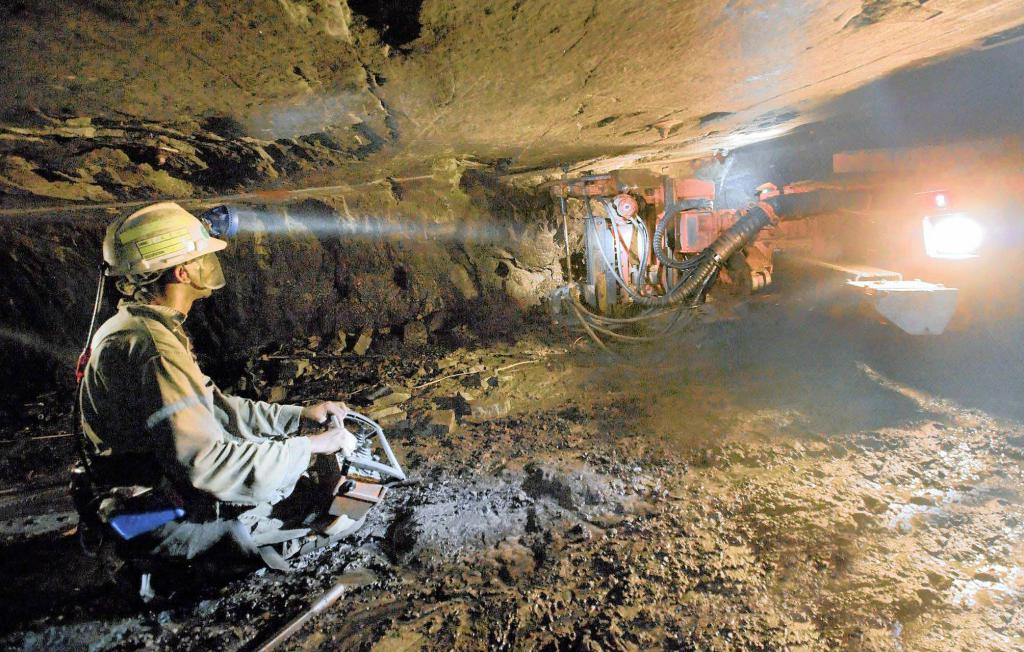The subsoil is a large part of the earth's crust, namely the one below the soil layer for land and the thickness of water for water bodies. The lower boundary of the subsoil corresponds to the boundary available for the development of the zone.
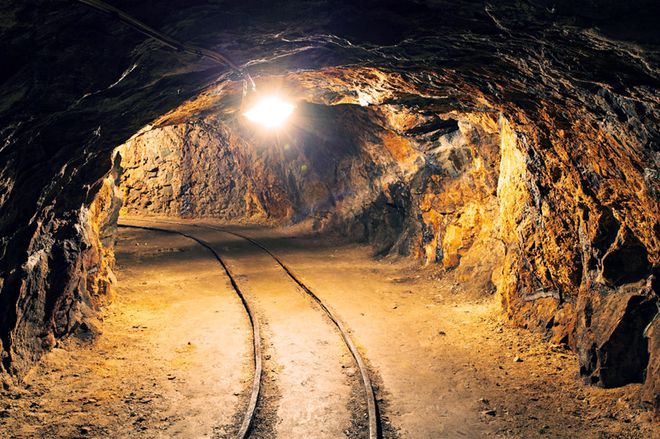
Subsoil: value
Subsoil can be considered both in the geological and legal sense. Most often, this term is applied to minerals. But sometimes it is also used to describe natural processes occurring in the explored zone of the earth's crust.
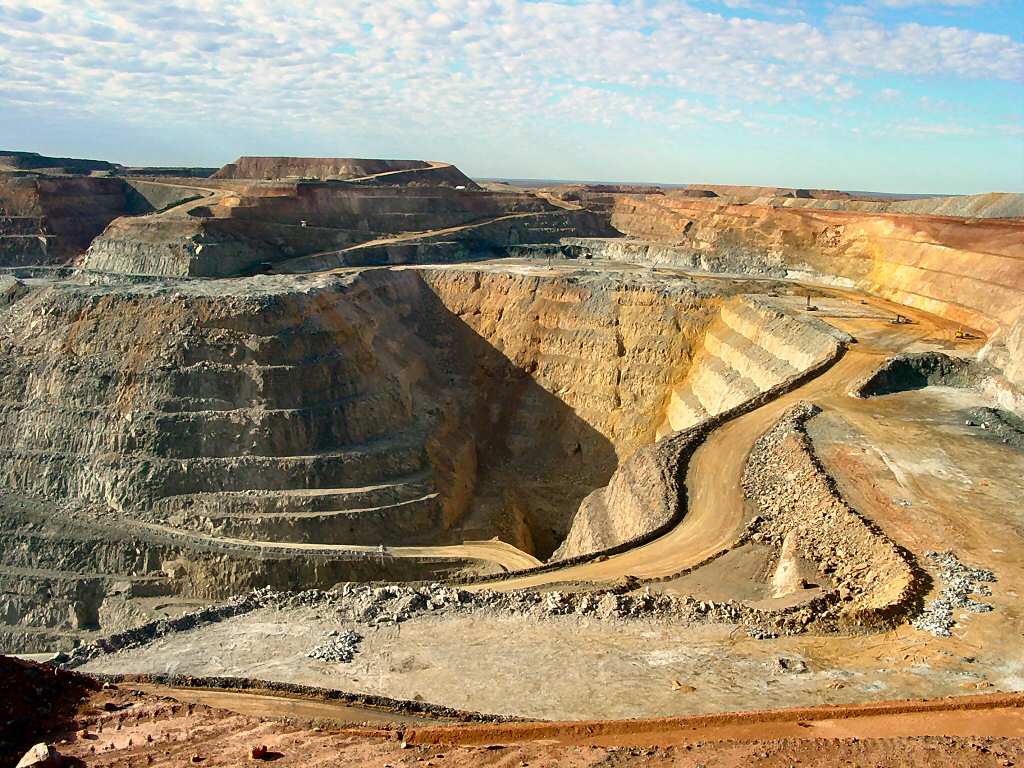
Term history
This concept first appeared in the Mountain Statute of the Russian Empire in 1832. Then they were called "the bowels of the earth." Minerals were considered as their component. In the mountainous position of the USSR from 1927, minerals were understood to be the components of the subsoil - liquid, solid, gaseous, which can be extracted by extraction, regardless of their position - inside the earth's crust or outside. In later legislative acts these terms are not found.
State Subsoil Use Fund
The State Subsoil Fund is all used and unused subsoil blocks located within the territory of the Russian Federation and in its jurisdiction of the continental shelf. Unlike the used subsurface sections, the unused ones do not define the geometric contours of the blocks.
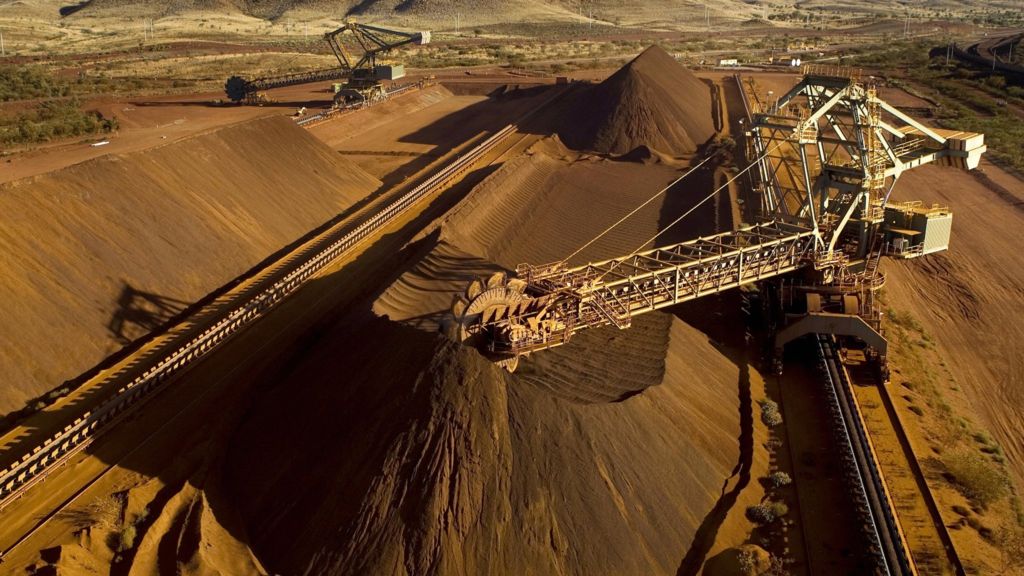
Russian law divides the country's bowels into 4 categories:
- subsoil plots of federal significance;
- subsoil areas of regional importance;
- subsoil areas of local importance;
- subsoil areas that can be used only after the signing of the partition agreement.
This division of mineral resources is legislatively fixed.
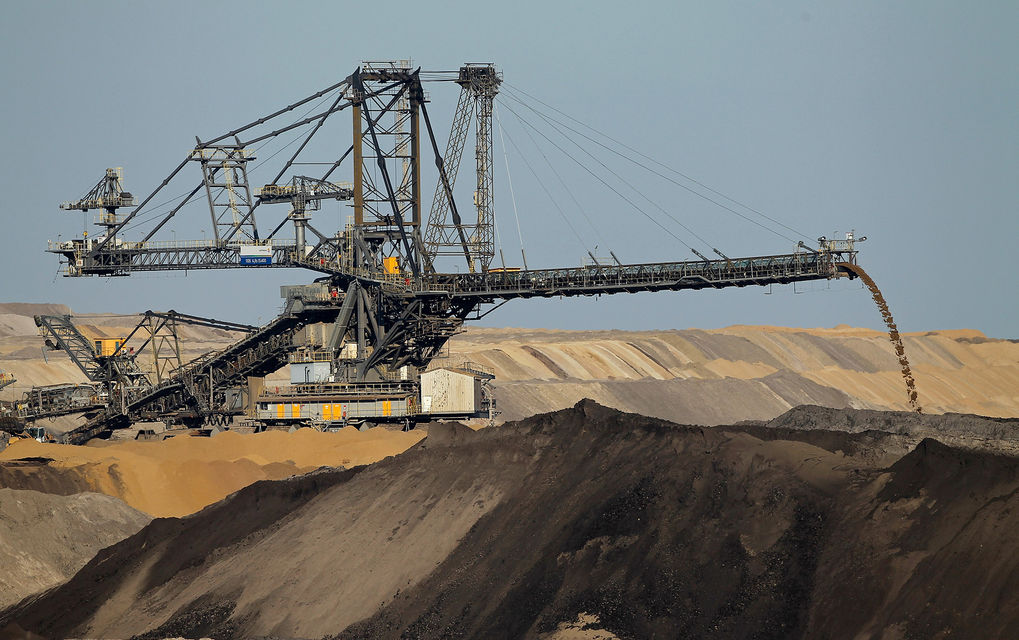
Russian bowels of federal significance
To the subsoil areas of federal significance include those where large amounts of strategically important minerals for the country are concentrated. The federal bowels include such areas of the earth's crust that contain:
- Deposits and accumulations of uranium ores, diamonds, nickel, high-quality quartz, beryllium, lithium, platinum, cobalt, tantalum, gold, copper.
- Containing a large amount of fuel and energy raw materials: recoverable oil from 70 million tons, natural gas from 50 billion cubic meters. m
- The bowels of the continental shelf, the seabed.
- Subsoil on the lands of the Ministry of Defense.
Subsoil of regional and local significance
The following areas are included in such bowels:
- Sites containing common minerals.
- Plots that are used for laying communications and their subsequent operation and other types of households. activities. They may not contain any minerals.
Subsoil Use Principles
The principles of subsoil use are developed by the federal subsoil use agency. Mineral resources belong to the category of exhaustible and non-renewable resources (although there are theories about the replenishment of certain types of fossil raw materials). A set of measures for the rational use and protection of mineral resources is aimed at preventing wasteful and excessively intensive exploitation of resources, as well as the loss of raw materials during its development and transportation.
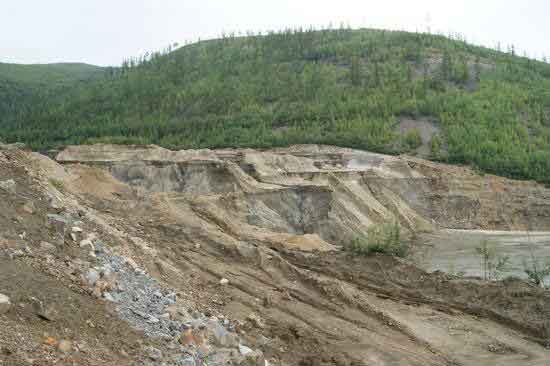
Of great importance are measures aimed at preventing too rapid depletion and pollution of the bowels.
To protect the subsoil, Article 23 of the Law of the Russian Federation “On Subsoil” applies, according to which:
- compliance with the procedure for the provision of mineral resources for use and the exclusion of unauthorized use is mandatory;
- requires a comprehensive geological study, measures for the protection and rational use of mineral resources;
- when using subsoil for construction purposes, obtaining information on the volumes and types of minerals located there is required;
- it is required to ensure maximum extraction of raw materials, including secondary and associated components in the development of mineral resources;
- it is necessary to protect the zone of deposits from fires, flooding and other negative factors that can affect the condition of deposits and the quality of minerals;
- measures are needed to prevent pollution of the subsoil and mineral resources during various types of subsoil use (including those not related to mining);
- measures are required to prevent the accumulation of debris that could lead to groundwater pollution.
When planning the development of areas where the presence of minerals is supposed, permission of mining supervision and management of the subsoil fund is required. At the same time, development should be economically justified and not impede the possibility of future mining.
Subsoil protection methods
To protect the subsoil, users are obliged to monitor the prevention of their pollution, to carry out work to prevent environmental pollution, to carry out work on the restoration and conservation of enterprises associated with mining, to carry out geological studies, to observe safety measures. In case of violation of these requirements, the subsoil user may be deprived (temporarily or permanently) of the right to further use of the subsoil. The decision is made by the competent state authorities.
Conclusion
Thus, the subsoil is a part of the earth’s crust where explored minerals are located, as well as those areas where underground construction and other works can be carried out. The boundary of the subsoil in different definitions is approximately the same. Subsoil is located below the soil layer and the layer of water in water bodies (below the level of the seabed). Subsoil use is regulated by Russian law.
